Notice
This website is undergoing a refresh. Please pardon some errors while we complete this process.
June 26, 2024
Celebrating Beaumont Tower's 95th birthday
This story was originally posted in June 2021. It has been updated to reflect the 95 years of Beaumont Tower.
Though for many the term “campus icon” evokes images of green and white colors, The Spartan, or even Spartan Stadium, Beaumont Tower was recognized as the definitive icon of Michigan State University long before many of the symbols we know today existed. Dedicated on June 22, 1929, the bells of Beaumont Tower have inspired Spartans for 95 years, chiming gently each day and reminding us how proud we are to call Michigan State, home.
All images belong to MSU Archives and Historical Collections unless otherwise noted. Banner image by Nick Schrader.
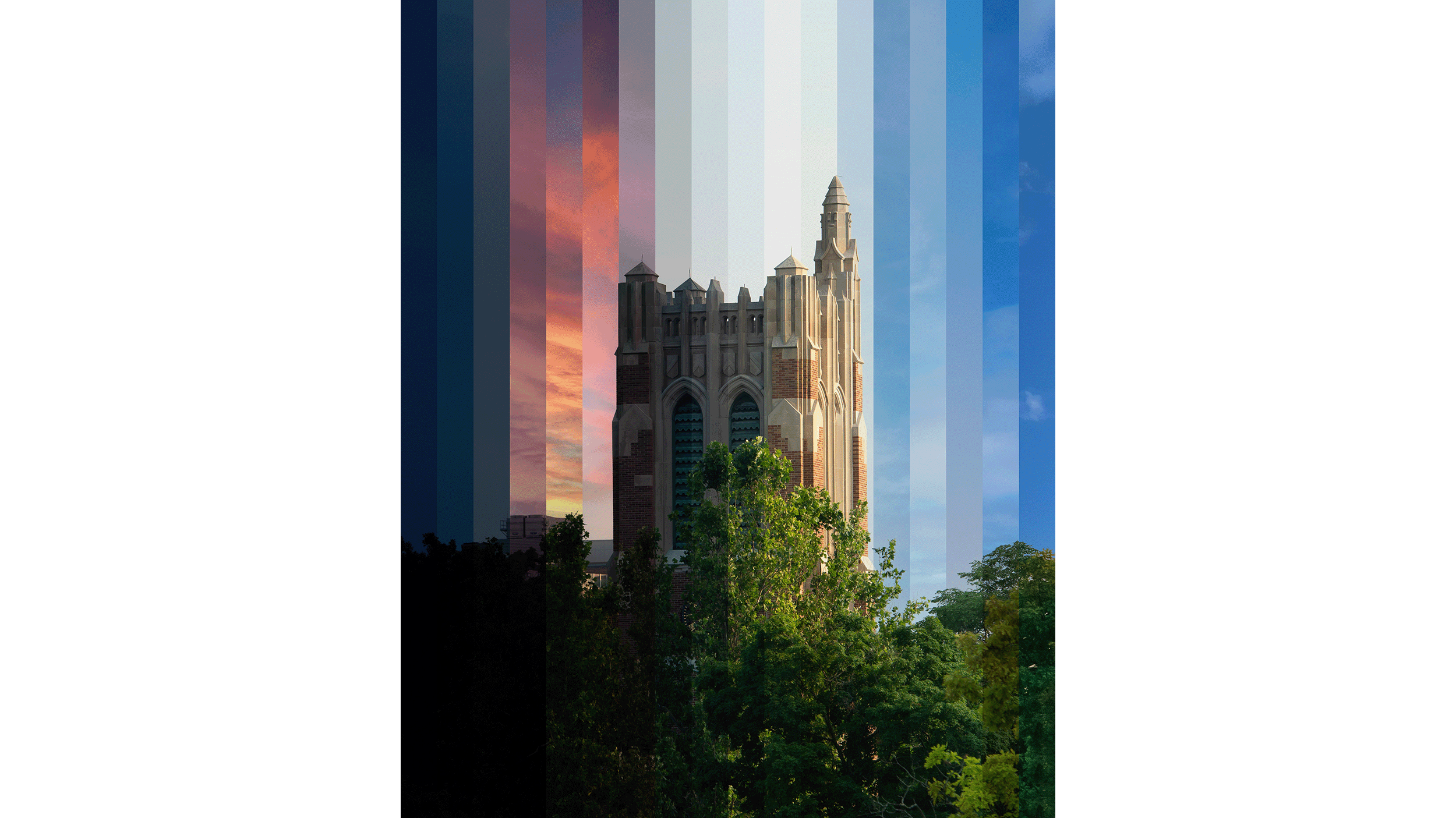

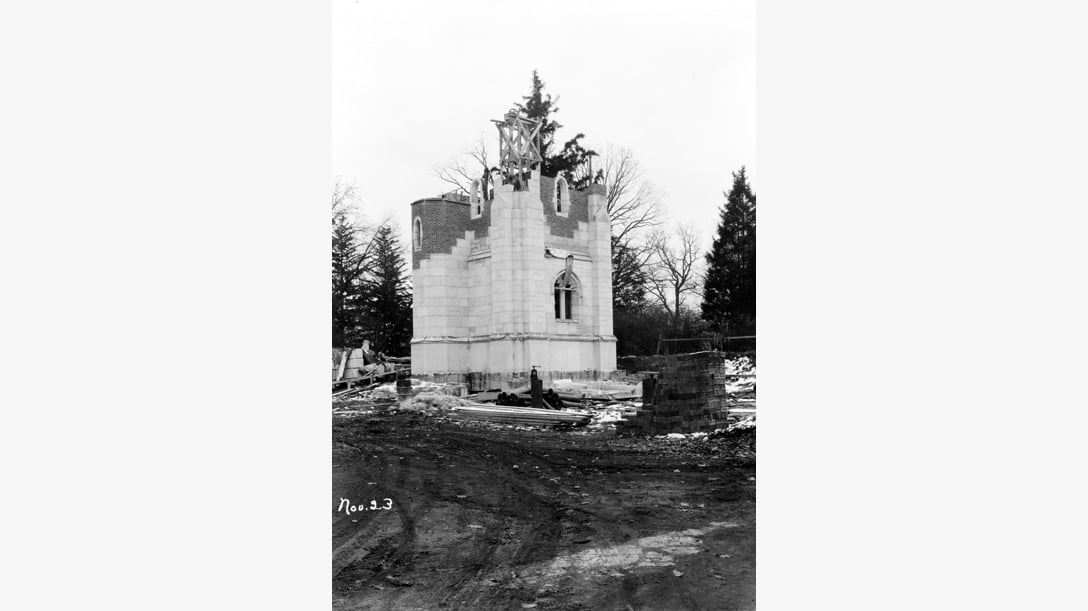

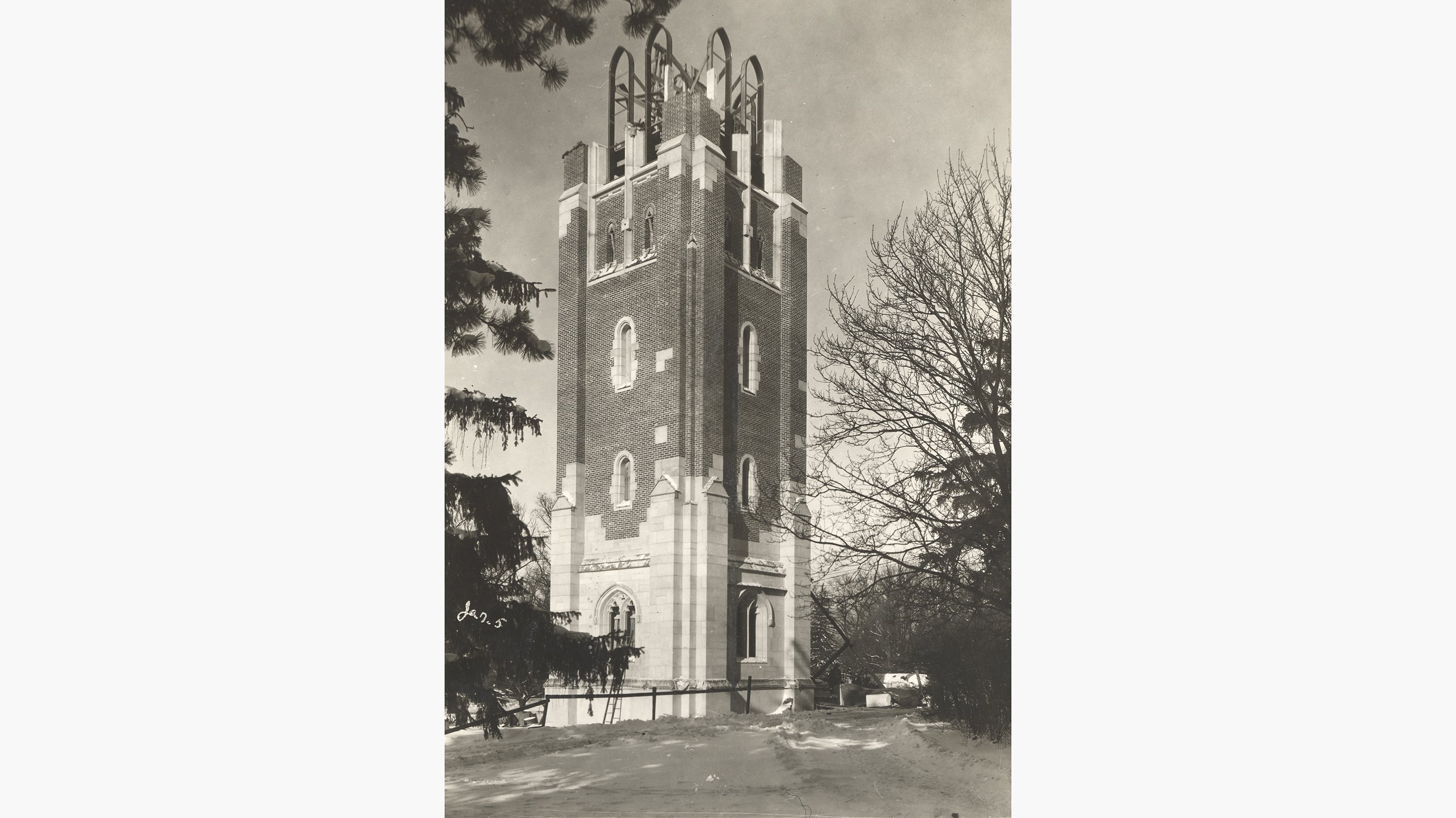

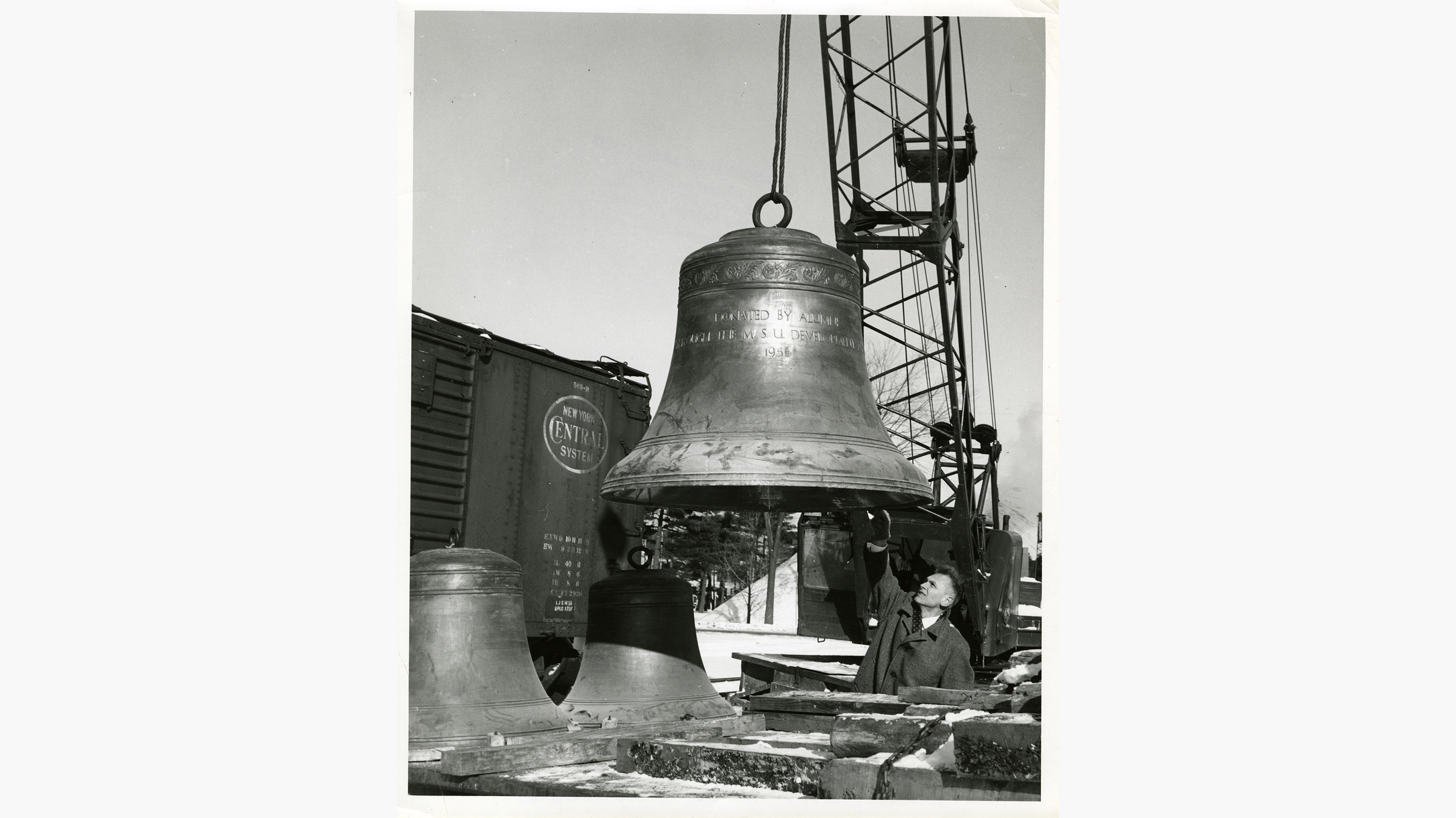
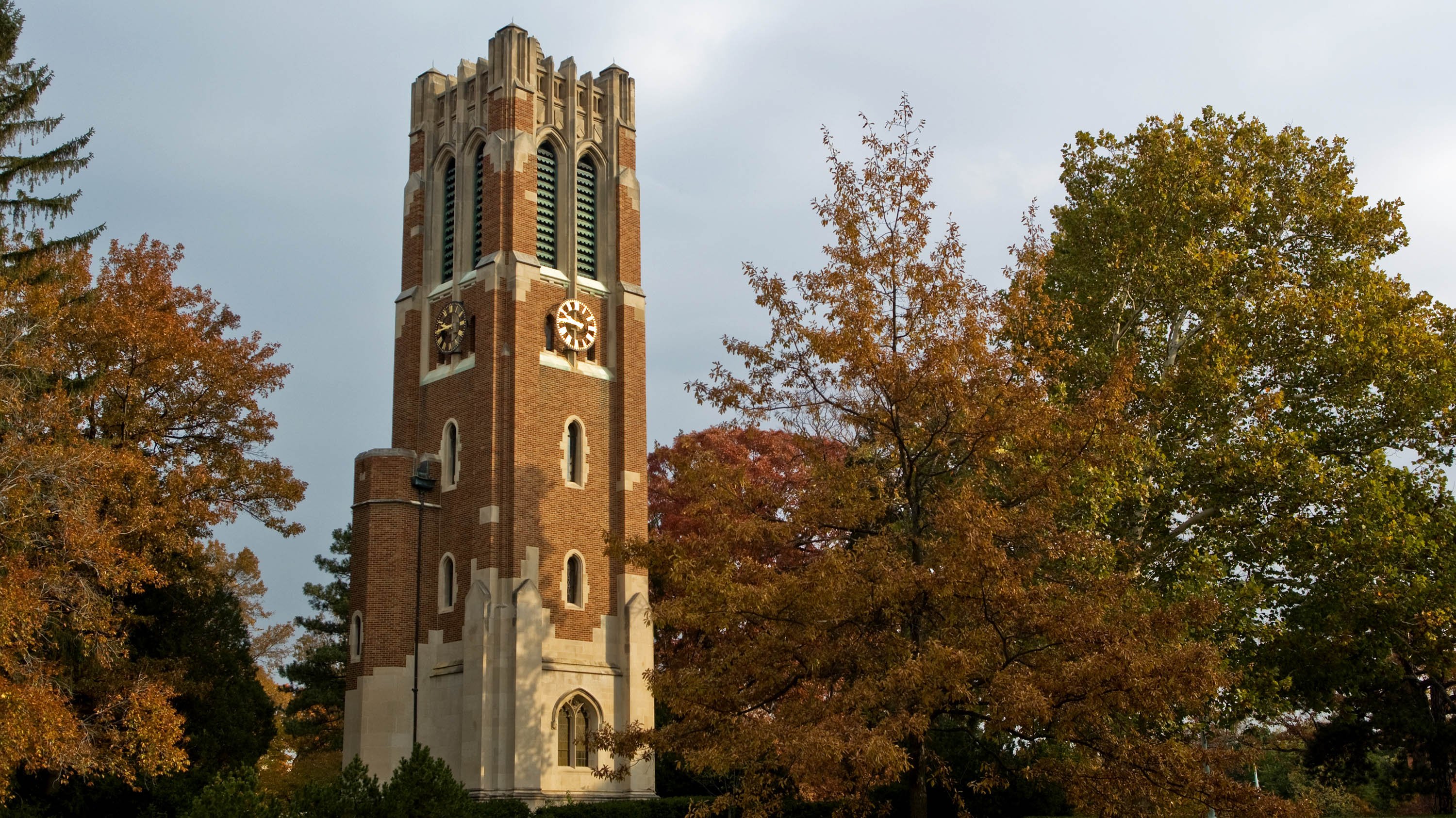
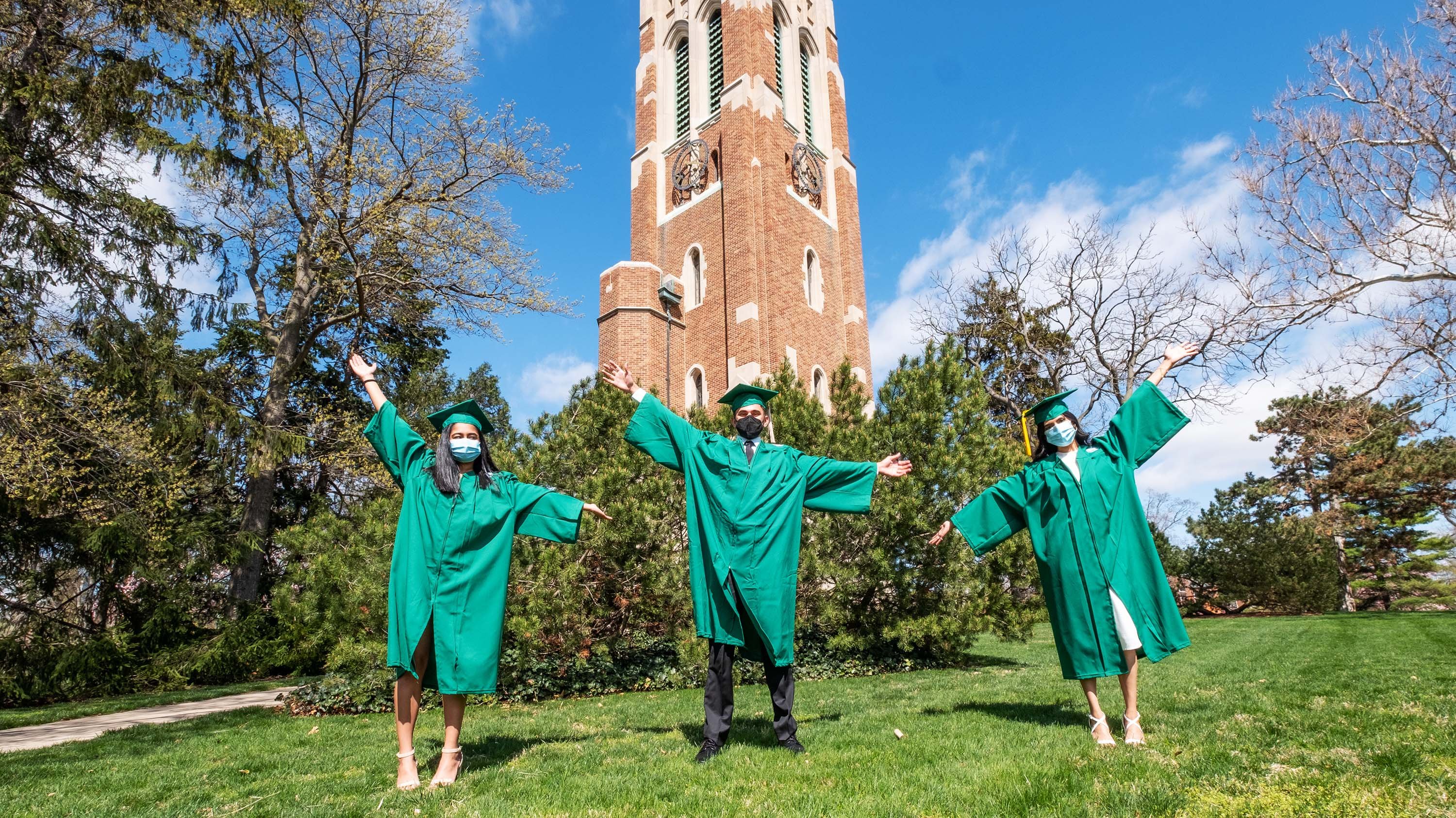
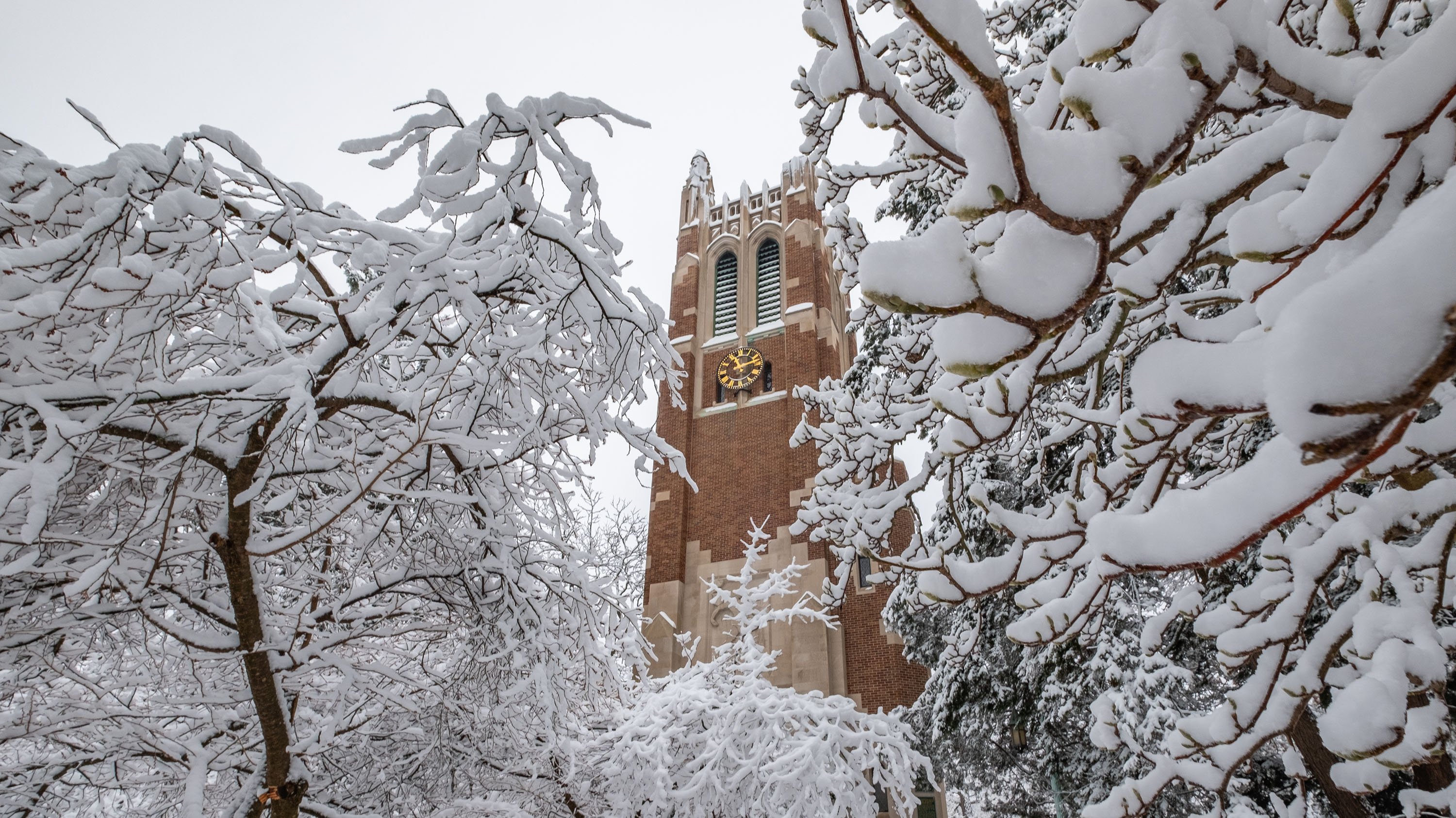
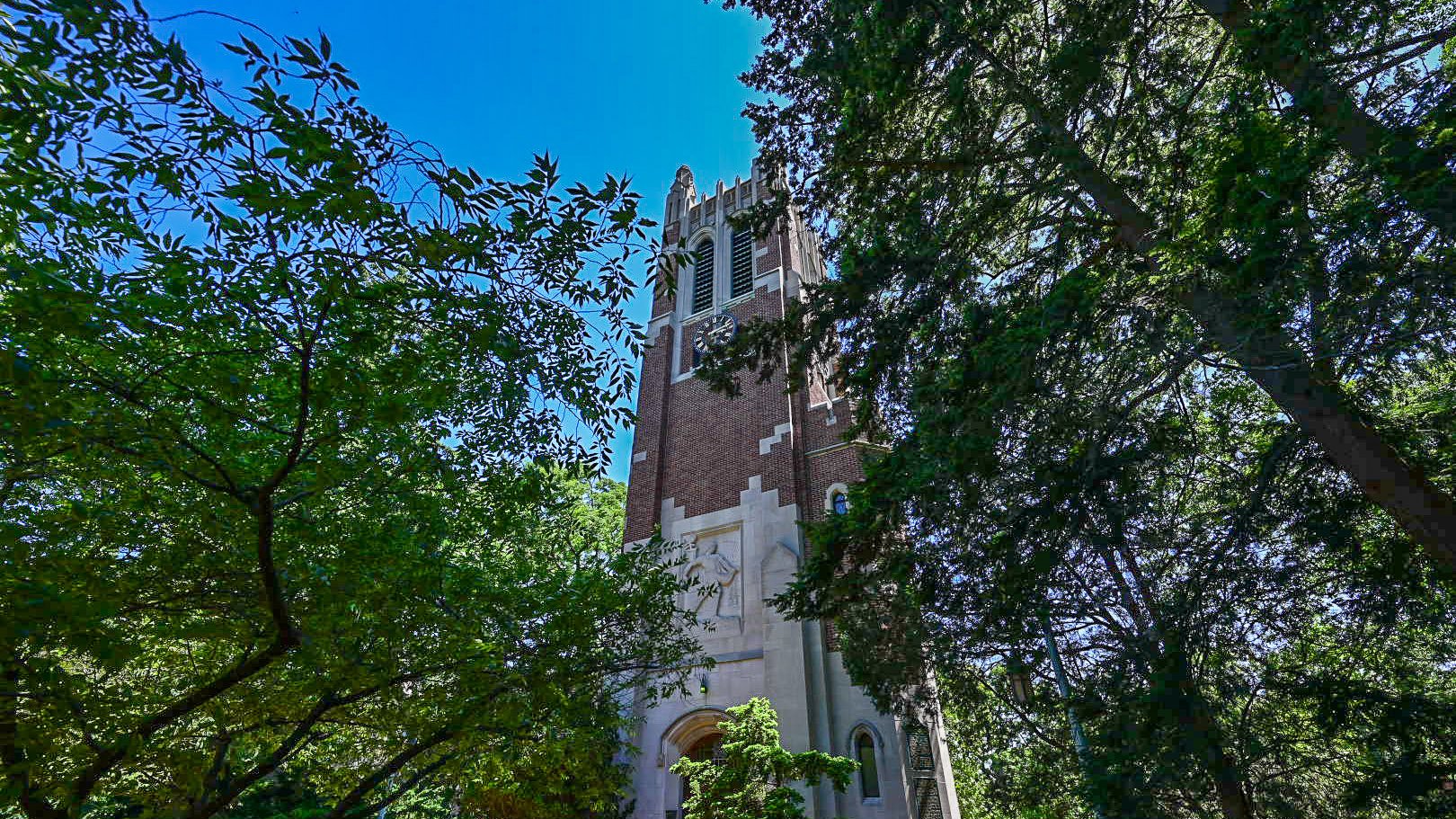
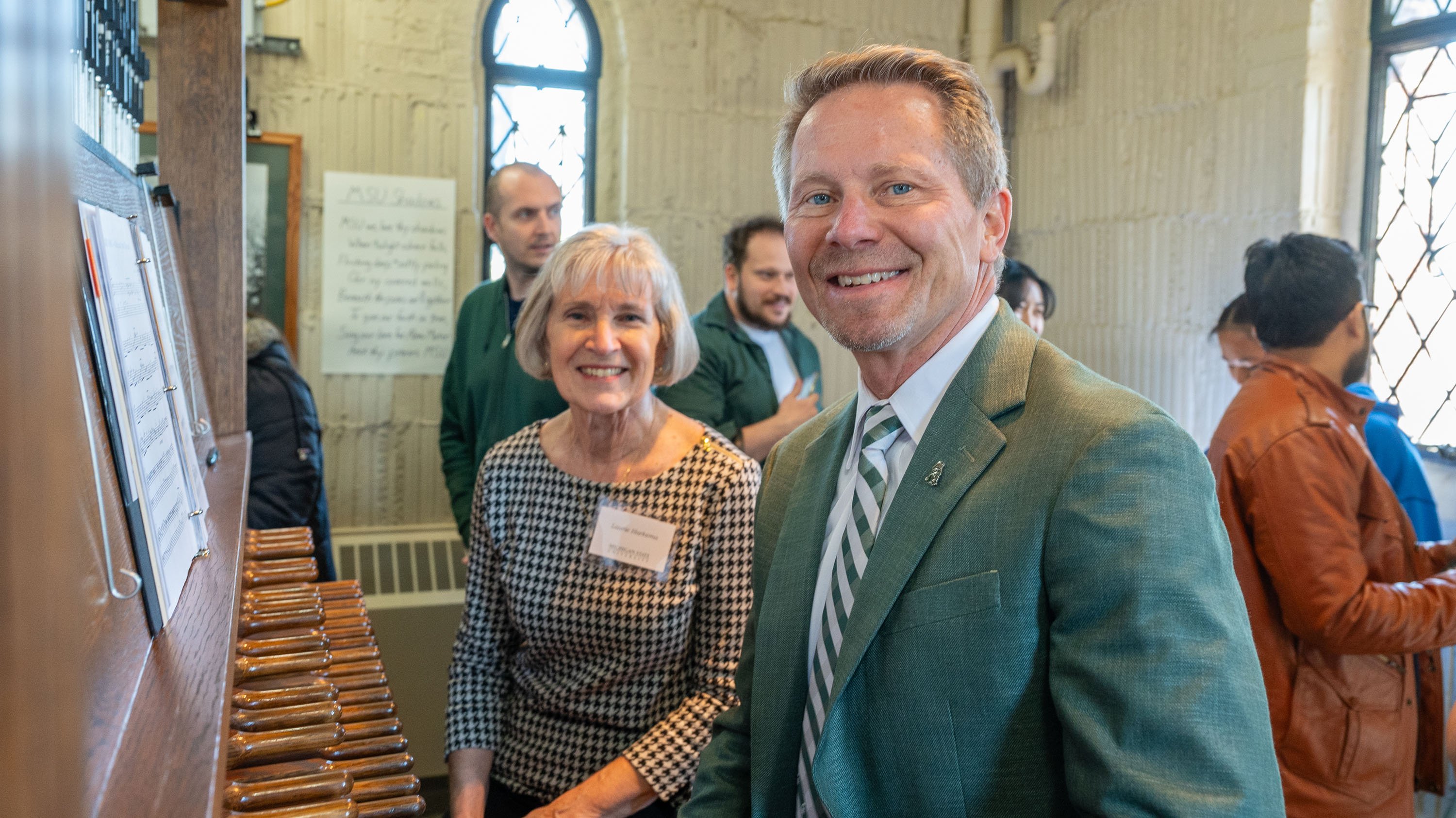













After College Hall's demolition, plans to add a new building to the space were disrupted by World War I, which saw an artillery shed assembled to supplement the military presence on campus. Upset by the idea that a historic spot on campus was being used for a rather utilitarian purpose, alumnus John Beaumont set forth with a plan to preserve the “Sacred Space” on campus, creating a memorial tower and keeping the space around it clear of new buildings. The cornerstone of Beaumont Tower was laid was on October 23, 1928. Beaumont included in the cornerstone several items to commemorate his graduation year, including an 1882 College Annual and commencement program.
After College Hall's demolition, plans to add a new building to the space were disrupted by World War I, which saw an artillery shed assembled to supplement the military presence on campus. Upset by the idea that a historic spot on campus was being used for a rather utilitarian purpose, alumnus John Beaumont set forth with a plan to preserve the “Sacred Space” on campus, creating a memorial tower and keeping the space around it clear of new buildings. The cornerstone of Beaumont Tower was laid was on October 23, 1928. Beaumont included in the cornerstone several items to commemorate his graduation year, including an 1882 College Annual and commencement program.
01 / 12
MEDIA CONTACTS
,